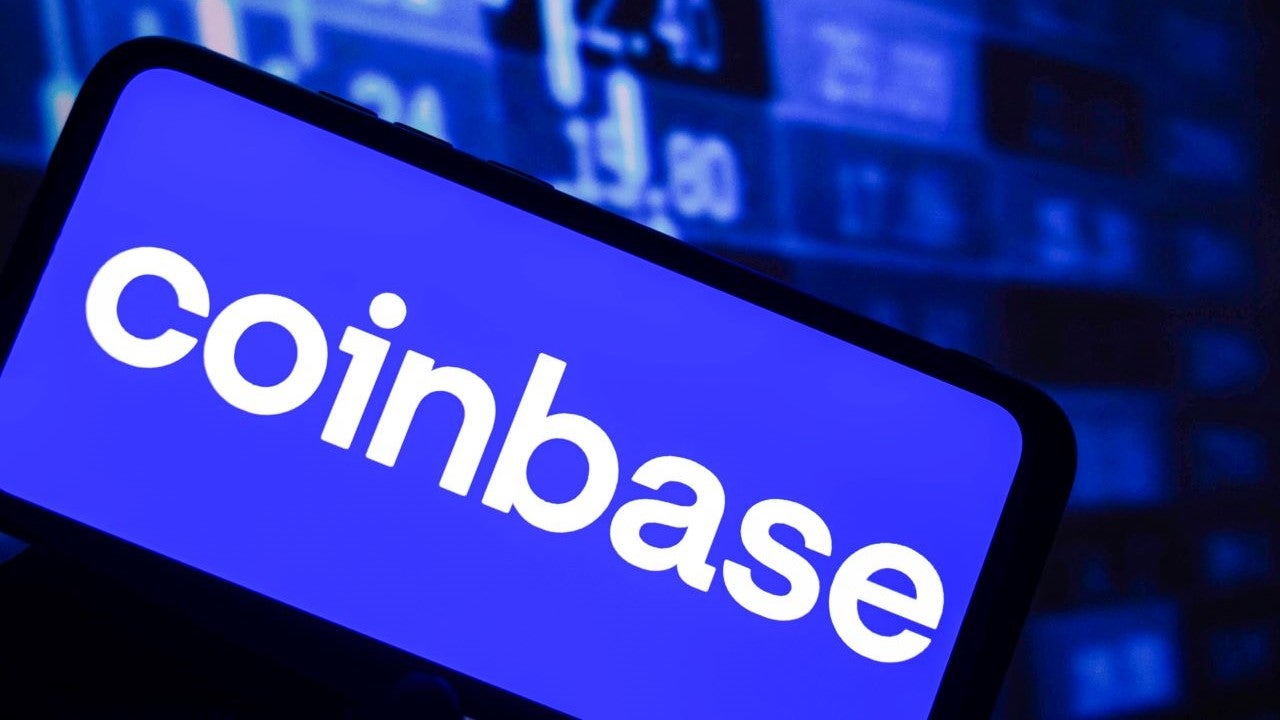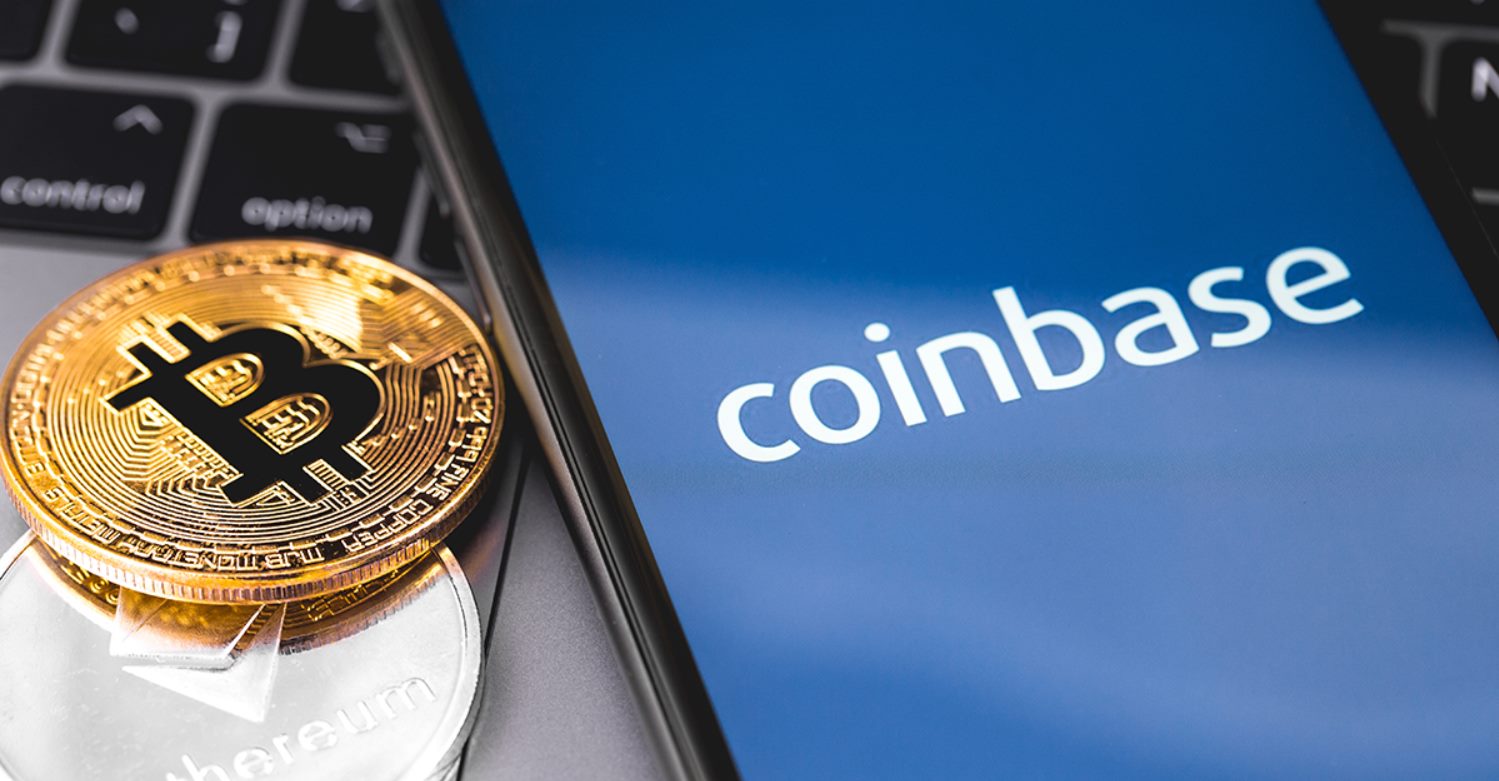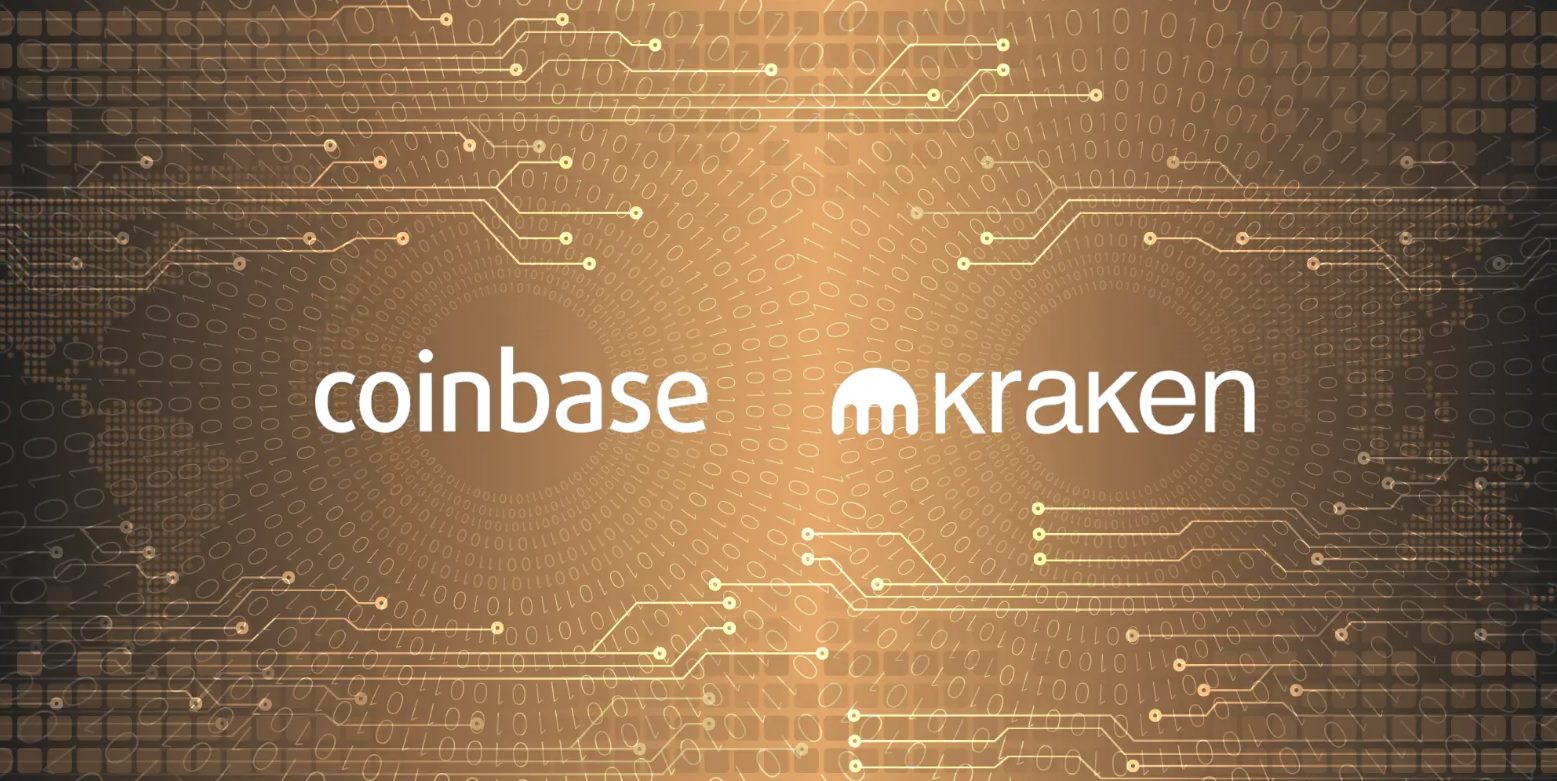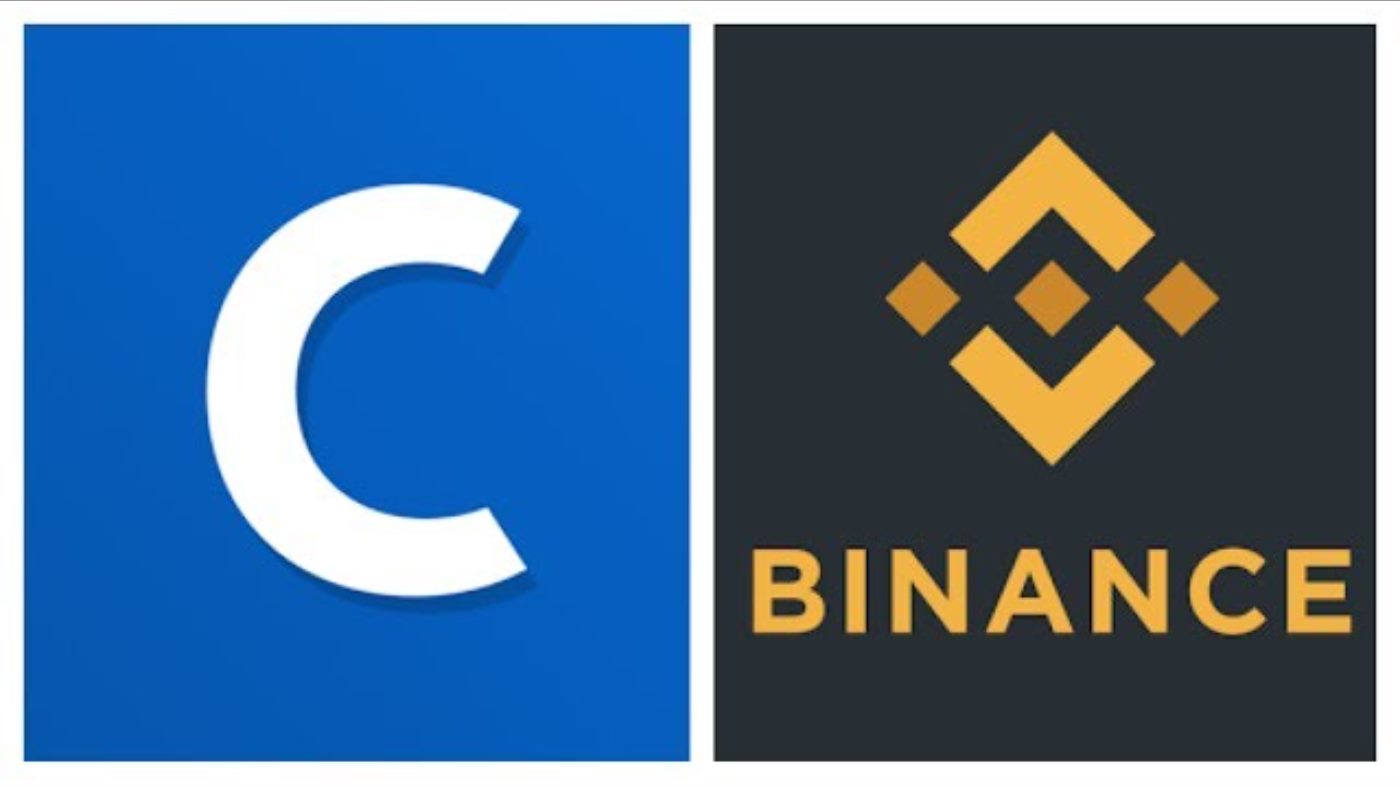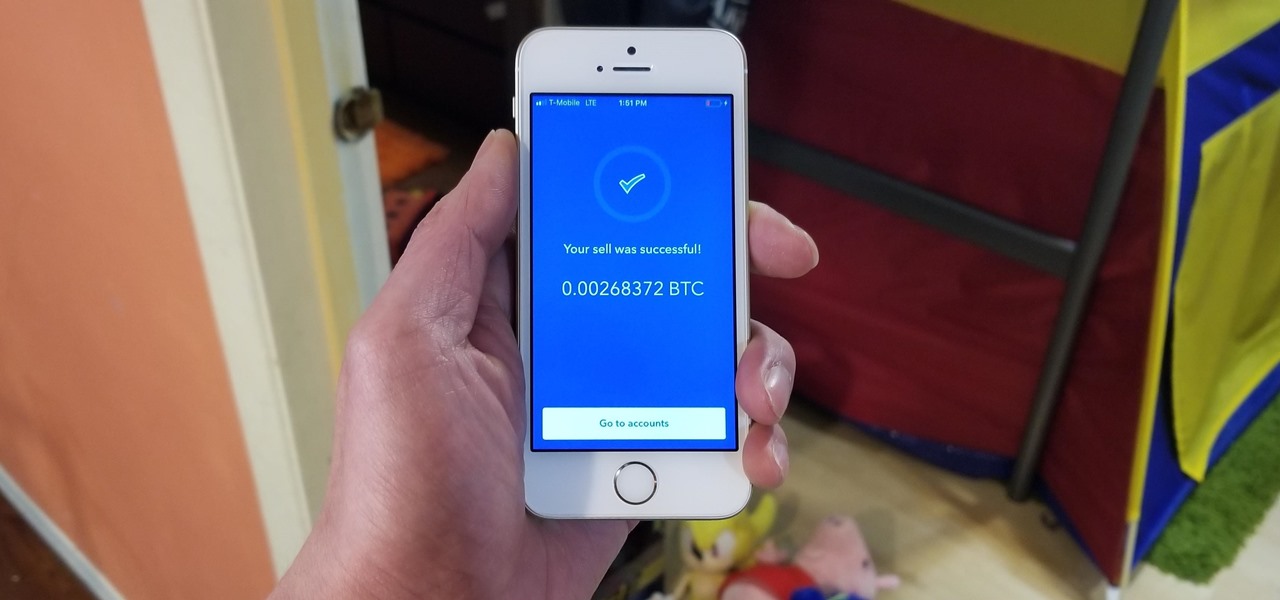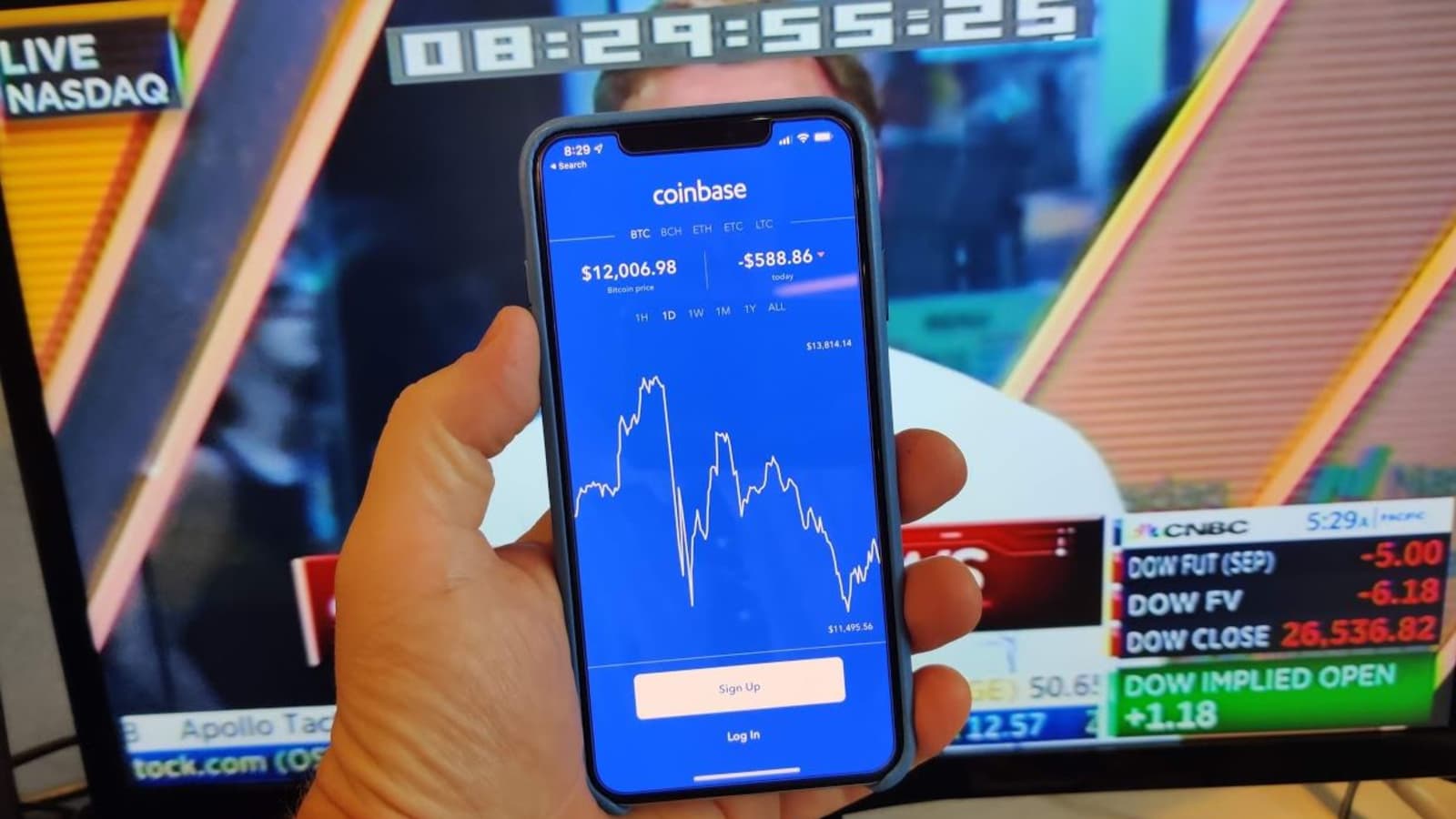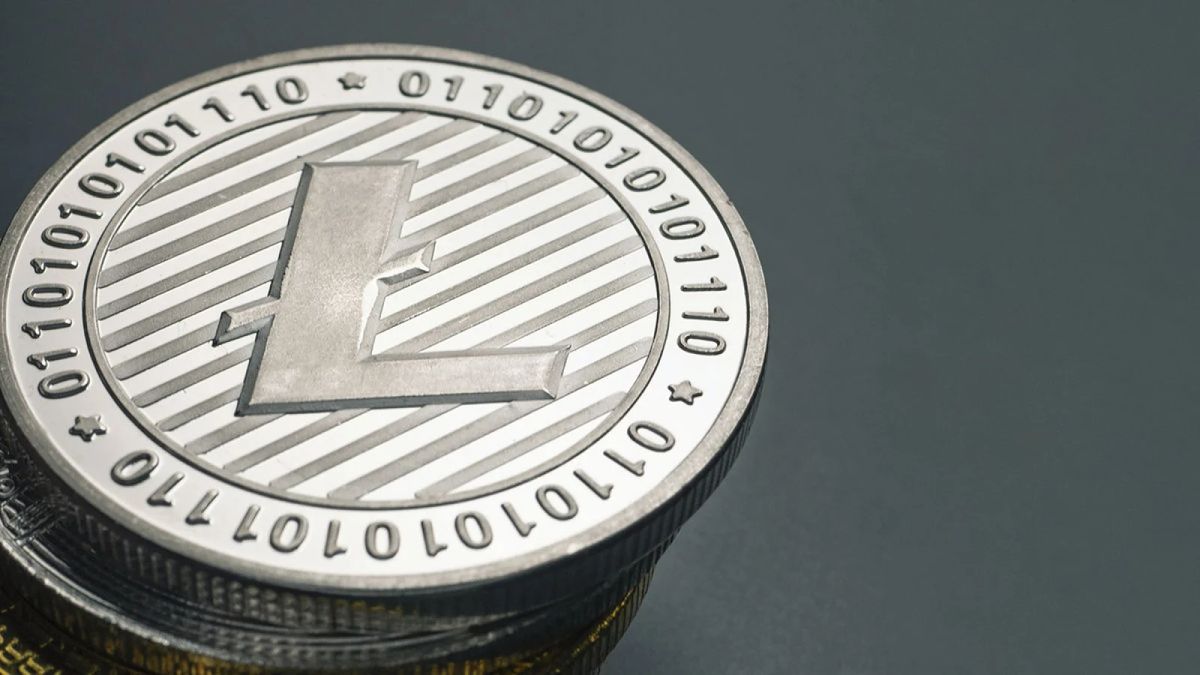Introduction
Welcome to the fascinating world of Coinbase and its journey with Litecoin. In this article, we will explore the historical timeline of when Coinbase started trading Litecoin, the impact it had on the popular cryptocurrency, and its continued growth on the Coinbase platform.
Litecoin, often referred to as the silver to Bitcoin’s gold, has gained substantial popularity in the cryptocurrency market. Created in 2011 by Charlie Lee, a former Google engineer, Litecoin was designed to be a quicker and more efficient version of its predecessor. With its faster block generation time and a unique hashing algorithm called Scrypt, Litecoin quickly gained a reputation as a reliable alternative cryptocurrency.
Founded in 2012, Coinbase has become one of the leading digital currency exchanges in the world. Starting with support for Bitcoin as its primary asset, Coinbase gradually expanded its offering to include other cryptocurrencies. One such addition was Litecoin, which played a pivotal role in propelling Litecoin to new heights of recognition and adoption.
Now, let’s delve into the early years of Coinbase and explore the point at which it embraced Litecoin as a tradable asset.
The Birth of Litecoin
Litecoin was officially launched on October 7, 2011, by Charlie Lee. Lee, a former Google engineer, designed Litecoin as a complement to Bitcoin, aiming to address some of its limitations. He wanted to create a cryptocurrency that could facilitate faster transactions and be more accessible to everyday users.
Lee implemented several key changes to achieve these goals. One of the most significant differences was the reduced block generation time. While Bitcoin takes around 10 minutes to generate a new block, Litecoin only takes approximately 2.5 minutes. This faster block generation time means that Litecoin transactions can be confirmed more quickly, enhancing the overall user experience.
Another important aspect of Litecoin’s design is the Scrypt hashing algorithm. Unlike Bitcoin’s SHA-256 algorithm, Scrypt is memory-intensive, which makes it more resistant to ASIC mining. This means that Litecoin can be mined using standard computer hardware, democratizing the mining process and making it more accessible to a wider range of individuals.
Litecoin quickly gained traction in the cryptocurrency community, with enthusiasts appreciating its enhanced transaction speed and improved mining accessibility. Its adoption as a digital currency grew steadily, and it started to be accepted by various online merchants as a means of payment.
The innovative features of Litecoin caught the attention of the cryptocurrency industry, and it soon became known as the “silver” to Bitcoin’s “gold.” Its lower price compared to Bitcoin also made it an attractive investment option for those looking to diversify their cryptocurrency portfolios.
As Litecoin gained more recognition and support from the community, it was only a matter of time before it attracted the attention of major cryptocurrency exchanges, including Coinbase. The inclusion of Litecoin on Coinbase’s platform marked a significant milestone for both Litecoin and Coinbase, solidifying their positions in the cryptocurrency market and setting the stage for further growth and adoption.
Coinbase’s Early Years
Coinbase, founded in 2012 by Brian Armstrong and Fred Ehrsam, started as a simple platform to buy and sell Bitcoin. The company aimed to make cryptocurrency more accessible and user-friendly, catering to both beginners and experienced traders.
During its early years, Coinbase focused on building a secure and compliant platform, winning the trust of users and regulators alike. The company implemented strict security measures, such as offline cold storage of user funds and two-factor authentication, to protect customer assets.
As Coinbase gained popularity, it expanded its services and offerings. In 2015, the company launched the Coinbase Exchange, a professional trading platform catering to institutional and professional traders. This move positioned Coinbase as a leader in the digital currency exchange market.
Throughout its early years, Coinbase established itself as a reputable and reliable platform for buying, selling, and storing cryptocurrencies. The company prioritized customer satisfaction and compliance, ensuring that users could transact with confidence while adhering to regulatory guidelines.
With a solid foundation and a growing user base, Coinbase was well-positioned to expand its range of supported cryptocurrencies and introduce new trading opportunities.
Coinbase Adds Litecoin to its Platform
In May 2017, Coinbase made a groundbreaking announcement – the integration of Litecoin into its trading platform. This move marked a significant milestone for both Coinbase and Litecoin, as it provided a mainstream avenue for users to buy and sell Litecoin with ease.
The decision to add Litecoin to its platform was driven by factors such as Litecoin’s growing popularity and its alignment with Coinbase’s principles of accessibility and security. With its faster transaction confirmation times and strong community support, Litecoin was widely seen as a valuable addition to the Coinbase ecosystem.
By adding Litecoin, Coinbase expanded its offering beyond just Bitcoin, allowing users to diversify their cryptocurrency holdings and access a wider range of investment options. This diversification was beneficial for both Coinbase users and the overall cryptocurrency market, as it contributed to increased liquidity and market stability.
Coinbase’s integration of Litecoin also signaled a shift in the perception of cryptocurrencies. Once considered niche and speculative, cryptocurrencies were now gaining wider acceptance as legitimate financial assets. The inclusion of Litecoin on Coinbase, one of the most prominent cryptocurrency exchanges, further solidified this trend.
The addition of Litecoin to Coinbase’s platform was met with enthusiasm from the crypto community. Traders and investors saw this as an opportunity to easily acquire Litecoin, further driving its demand and price. Additionally, the integration of Litecoin into Coinbase’s well-established and user-friendly interface made it more accessible to a larger audience, including casual users and newcomers to the cryptocurrency market.
As a result, Litecoin experienced a significant boost in trading volume and liquidity after its addition to the Coinbase platform. This increased exposure and accessibility fueled further interest in Litecoin and laid the foundation for its continued growth and success.
Initial Reaction to Litecoin Trading on Coinbase
The addition of Litecoin to Coinbase’s trading platform generated widespread excitement and anticipation within the cryptocurrency community. The announcement of Litecoin’s integration was met with a wave of positive sentiment, as it signified a major step towards mainstream adoption for both Litecoin and the overall cryptocurrency market.
Traders and investors were eager to take advantage of the opportunity to buy and sell Litecoin directly on Coinbase, a platform known for its user-friendly interface and reputable security measures. The simplicity and accessibility offered by Coinbase played a significant role in driving the initial reaction to Litecoin’s availability for trading.
Litecoin’s price experienced a surge in the days following its addition to Coinbase’s platform. This uptick in trading activity reflected the market’s enthusiasm and the demand for Litecoin among Coinbase users. The increased accessibility and recognition of Litecoin as a prominent cryptocurrency fueled this initial surge in price.
Furthermore, Litecoin’s integration with Coinbase demonstrated a growing acceptance of cryptocurrencies as legitimate financial assets. The inclusion of Litecoin on a widely recognized and trusted platform like Coinbase bolstered confidence in the cryptocurrency market as a whole, attracting even more potential investors and contributing to the overall growth of the industry.
The successful inclusion of Litecoin on Coinbase also had a positive impact on Litecoin’s reputation and market standing. Being listed on a platform with a substantial user base and regulatory compliance instilled trust and confidence among investors, leading to increased adoption and recognition of Litecoin as a viable investment option.
Additionally, Litecoin’s availability on Coinbase served as a gateway for many individuals to venture into the broader cryptocurrency market. With Litecoin’s lower price compared to Bitcoin, it became an appealing entry point for newcomers looking to invest in cryptocurrencies.
Overall, the initial reaction to Litecoin trading on Coinbase was overwhelmingly positive, symbolizing a significant milestone in the journey of both Litecoin and Coinbase. The seamless integration and enthusiastic market response solidified Litecoin’s position as one of the leading cryptocurrencies and paved the way for further growth and development in the industry.
Impact on Litecoin’s Price and Popularity
The integration of Litecoin on Coinbase had a profound impact on both its price and popularity within the cryptocurrency market. The increased exposure and accessibility provided by Coinbase resulted in a surge in demand for Litecoin, driving its price to new heights.
Shortly after Litecoin’s addition to Coinbase, its price experienced a significant upward movement. The increased trading volume and liquidity resulting from being listed on one of the largest cryptocurrency exchanges served as a catalyst for price appreciation. This elevated price trend further attracted attention from investors and traders.
Litecoin’s inclusion on Coinbase also contributed to its mainstream recognition and acceptance. Coinbase’s user-friendly platform and reputation for security and compliance made it an attractive choice for users looking to invest in cryptocurrencies. The ability to buy and sell Litecoin directly on Coinbase introduced the cryptocurrency to a broader audience, which boosted its popularity and contributed to its growth.
With the availability of Litecoin on Coinbase, it became easier for individuals to diversify their cryptocurrency portfolios. This accessibility attracted both experienced traders and newcomers, who saw Litecoin as a viable investment opportunity. As a result, the increased demand for Litecoin further propelled its price upward.
Moreover, the integration of Litecoin on Coinbase helped to strengthen its market position and differentiate the cryptocurrency from its competitors. Being listed on a reputable and widely used exchange offered validation to Litecoin as a legitimate digital asset. This validation, combined with the added convenience of trading Litecoin on Coinbase, further increased its appeal among investors.
Litecoin’s elevated presence on Coinbase also contributed to its overall market liquidity. The increased trading volume and liquidity created a more stable trading environment for Litecoin, making it more attractive to traders and investors alike.
As Litecoin’s popularity grew on Coinbase, it also resulted in increased recognition and adoption of the cryptocurrency beyond the platform. Merchants began to accept Litecoin as a form of payment, and its presence in various online marketplaces expanded. This wider acceptance and integration into everyday commerce further reinforced Litecoin’s status in the cryptocurrency market.
Overall, the integration of Litecoin on Coinbase had a profound impact on its price and popularity. The increased accessibility, recognition, and demand resulting from being listed on Coinbase not only provided a boost to Litecoin’s market value but also solidified its position as a significant player within the cryptocurrency landscape.
Litecoin’s Continued Growth on Coinbase
Following its successful integration onto Coinbase’s platform, Litecoin continued to experience significant growth in terms of user adoption, trading volume, and overall market presence. The continued success and expansion of Litecoin on Coinbase further solidified its position as a valuable cryptocurrency.
With its availability on Coinbase, Litecoin attracted a broader range of users who were previously unfamiliar with cryptocurrencies. The easy-to-use interface and trusted reputation of Coinbase made it an attractive entry point for those interested in exploring the world of digital assets. This influx of new users contributed to the growth of Litecoin’s user base and its overall popularity.
As more users began trading Litecoin on Coinbase, the trading volume for the cryptocurrency also surged. Increased trading volume resulted in enhanced liquidity, making it easier and more efficient for traders to buy and sell Litecoin on the exchange. The presence of robust liquidity strengthens the market’s stability and appeal, attracting more traders and investors to participate in Litecoin trading.
Furthermore, being listed on Coinbase provided Litecoin with increased visibility and exposure within the broader cryptocurrency market. The Coinbase platform served as a gateway for individuals to discover Litecoin and recognize its potential as a valuable investment asset. The exposure on Coinbase helped to build trust and establish Litecoin as one of the prominent cryptocurrencies alongside Bitcoin and Ethereum.
Litecoin’s continued growth on Coinbase also contributed to its integration into various other platforms and services. As Coinbase expanded its partnerships and collaborations, the inclusion of Litecoin became a natural progression. The increased integration of Litecoin into various financial services and applications further enhanced its usability and utility, garnering more adoption and use cases.
Additionally, the ongoing development and improvement of the Litecoin technology further propelled its growth on Coinbase. The Litecoin community actively worked on innovations, such as Segregated Witness (SegWit) implementation, to enhance scalability and transaction speed. These advancements made Litecoin even more attractive for users and contributed to its sustained growth and relevance on the Coinbase platform.
As a result of its continued growth on Coinbase, Litecoin solidified its position as a leading cryptocurrency in the market. The sustained user adoption, increased trading volume, and expanding integration into various services and platforms have positioned Litecoin as a prominent digital currency with a continually expanding ecosystem.
Conclusion
The integration of Litecoin onto Coinbase’s trading platform marked a significant milestone for both Litecoin and Coinbase. Litecoin’s addition expanded the range of cryptocurrencies available on Coinbase, providing users with more options and contributing to the overall growth and acceptance of cryptocurrencies in mainstream finance.
The partnership between Litecoin and Coinbase not only brought Litecoin into the spotlight but also solidified its position as a valuable digital asset. The increased accessibility and visibility on Coinbase drove its price up and attracted a broader range of investors and traders.
Litecoin’s integration also showcased Coinbase’s commitment to providing a secure and trusted platform for users to engage in cryptocurrency trading. Coinbase’s meticulous approach to security and compliance complemented Litecoin’s status as a reliable and efficient cryptocurrency.
The continued growth of Litecoin on Coinbase, including its expanding user base, increasing trading volume, and integration into various platforms and services, demonstrates the enduring relevance of Litecoin within the evolving cryptocurrency market.
As the popularity of cryptocurrencies continues to rise, Litecoin’s integration into Coinbase serves as a testament to the growing importance and acceptance of digital assets. The partnership between Litecoin and Coinbase has played a significant role in propelling Litecoin’s growth and exposure, further establishing it as a prominent player in the cryptocurrency landscape.
Looking ahead, it will be fascinating to witness the future evolution of both Litecoin and Coinbase. As the cryptocurrency market continues to mature, Litecoin’s integration into Coinbase has laid a solid foundation for both entities to expand their offerings and drive even wider adoption and integration in the financial ecosystem.
Overall, the collaboration between Litecoin and Coinbase has proven to be fruitful, with Litecoin benefiting from increased exposure and user adoption, while Coinbase further solidifies its position as a leading cryptocurrency exchange. The partnership between the two entities has contributed to the growth and success of both Litecoin and Coinbase and has played a significant role in shaping the future of the cryptocurrency market.







